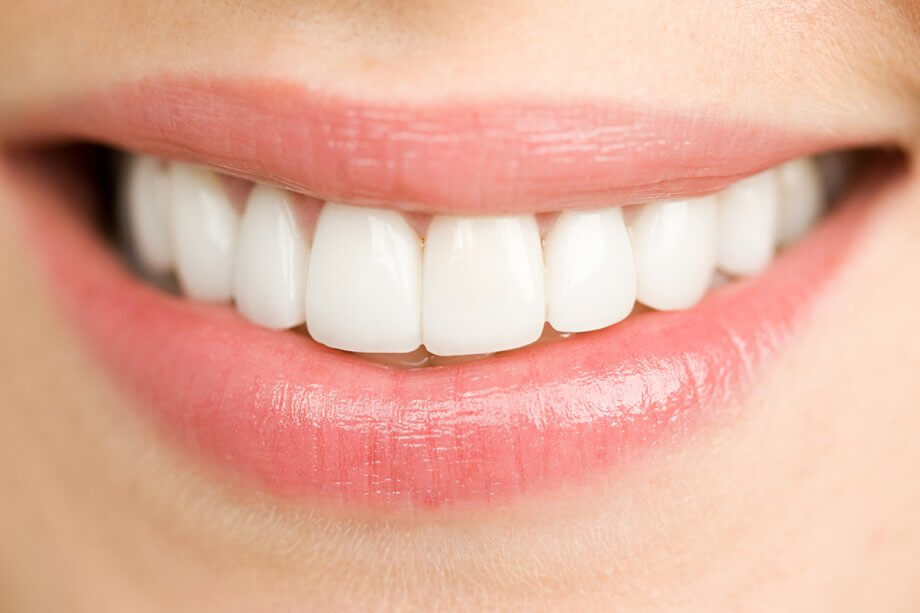You’re not alone if you worry about tooth discoloration. According to a study in the Journal of West African College of Surgeons, tooth discoloration is a relatively common reason for patients to seek treatment at a dental clinic.
Many factors, from your dental hygiene to the foods you eat, can contribute to (or detract from) the brightness of your smile. Luckily, there are also several ways you can whiten your teeth.
You may be wondering which are most effective. The following overview will answer your questions on this subject.
Common options for whitening your teeth include:
Using Whitening Toothpaste
Opting for toothpaste that advertises whitening effects may be a way to manage minor staining. Ask your dentist to recommend a whitening toothpaste that delivers ideal results.
Patients should be aware that a review of the existing literature on this topic in the Journal of Dentistry indicates that whitening toothpastes may primarily remove surface level stains on teeth. However, they might be less effective at removing deeper staining.
Over-the-Counter White Strips & Trays
Those who wish for more thorough whitening effects than toothpaste can provide may opt for over-the-counter whitening strips. However, a study in Brazilian Oral Research indicates that such products may not be as effective as professional whitening treatments.
There are several reasons this is the case. First, over-the-counter whitening products tend to use weaker ingredients than those in professional-grade products. Additionally, a dentist can’t supervise or monitor a patient when they use over-the-counter whitening strips. Patients may thus make mistakes when using these products that could limit their effectiveness.
The Benefits of Professional Whitening Treatment
Do you want to be confident you’re getting your money’s worth when you choose a teeth whitening method? If so, ask your dentist about their whitening services.
An in-office whitening treatment usually takes no longer than an hour. The treatment typically involves the following steps:
- Evaluating the overall staining of a patient’s teeth
- Protecting the gums from irritation with a special gel or rubber shield that prevents the whitening agent from coming into contact with them
- Applying a whitening agent to a patient’s teeth
- Speeding up and enhancing the whitening process with a specialized light
A professional whitening treatment like this will usually result in teeth being three to four shades lighter.
Additionally, many dentists who offer in-office whitening treatments also offer at-home whitening trays that deliver superior results to those a patient could achieve through over-the-counter products. These treatments are more effective than other products in part because they involve wearing trays that have been customized to fit a given patient’s teeth.
Patients may choose professional at-home bleaching if they want to skip an in-office treatment. However, some patients use these at-home kits to complement or supplement the results achieved through in-office whitening.
Teeth Whitening Options: The Importance of Coordinating With a Professional
Whether you’re ready to schedule a professional whitening treatment or you simply want to know more about which whitening toothpastes are best, it’s wise to discuss this issue with your dentist. Their insights can help you feel confident you’ve chosen the right teeth whitening method for your needs.
Learn More About Teeth Whitening in Manhattan, NY
At Smiles on the Upper Westside, we offer both in-office and at-home professional whitening treatments. For more information about what we can do for you and your teeth, contact us online or call us at 212-222-5225 to request an appointment.

